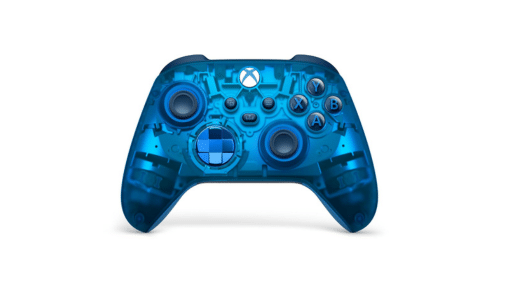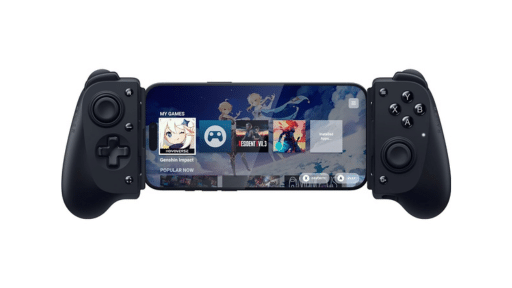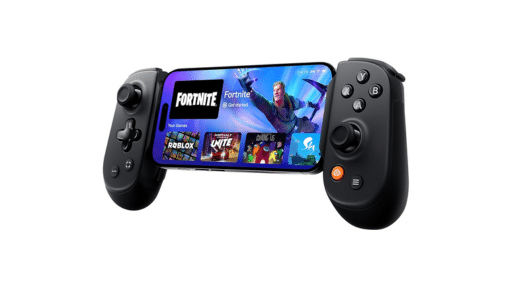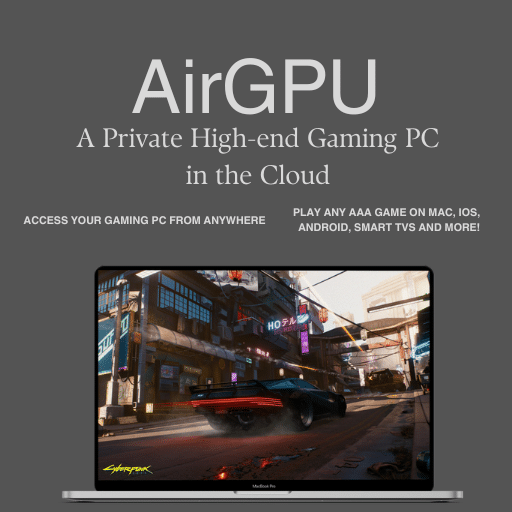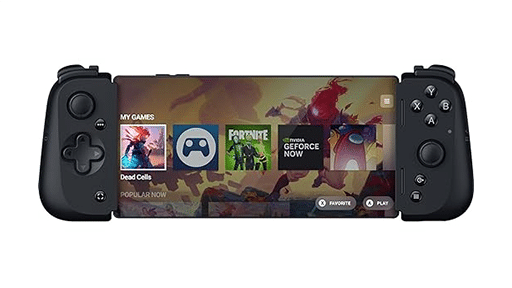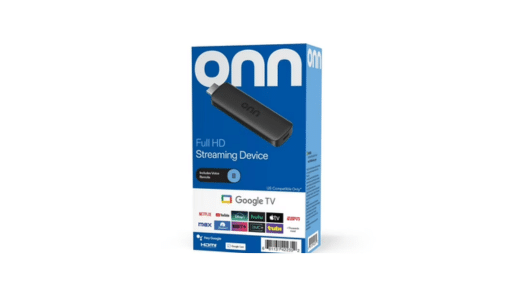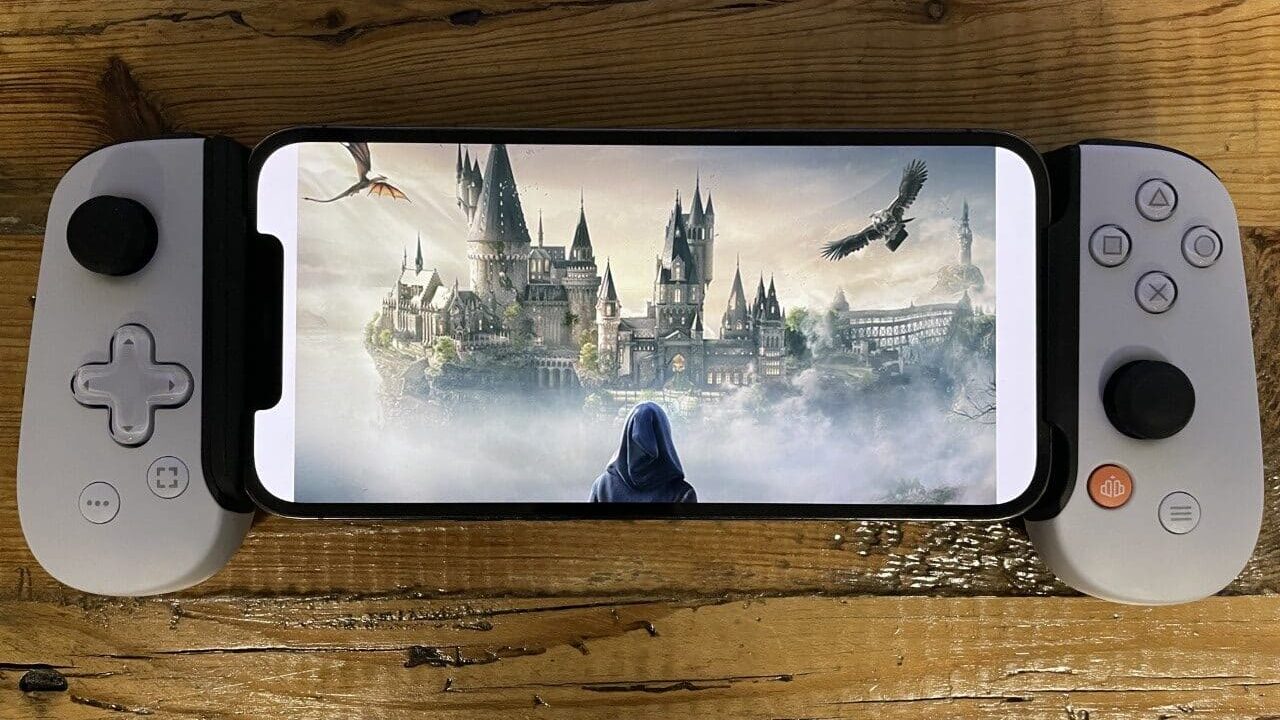
Phones are the primary source of play for many cloud gamers. That can be a problem if your only means of connection is a standard console controller. Propping your phone against a surface isn’t ideal and packing a full controller and clip can add bulk to your bag on a trip. For me, I was never able to reconcile the convenience of cloud gaming with the inconvenience of carrying around a Stadia or Xbox controller. When I first purchased the Backbone mobile controller, I didn’t think my feelings were going to change. In truth, I actually made the purchase to make playing local games on my iPhone easier and also to test the latency of remote play on my PS5. To my surprise, the backbone has entirely changed the way I approach cloud gaming on my travels, and its clever design and excellent qualities make themselves more apparent the longer I own it.
The Backbone One controller comes in a few varieties available at Amazon (note: we earn on commission on purchases). There is the Xbox version and the PlayStation version, each designed specifically to reflect those consoles’ design languages with the button labels and color schemes. And, then there is a legacy iPhone version and Android version with USB-C that works for the latest generation of iPhone. No matter what combination of phone or cloud service you use, you’ll find the variety you’re looking for here.
Built like a Bone
The first thing you’ll notice about these controllers is the build quality. Light as they are, the construction is undeniable. The steep asking price is reflected in the impressively solid feel. The analog sticks feel similar in size to the Nintendo Switch Joy-cons, but feel slightly sturdier in their rotations. The face buttons have a satisfying click, and the shoulder buttons, while lacking compared to their console counterparts, feel better than most portable controllers by my estimation. The rubber grips that hold your mobile device in place are snug and there’s a satisfying click when you secure your iphone into the Backbone’s grasp. Its worth noting you won’t be getting vibration feedback here, nor will you see any motion controls or trigger feedback. High quality as they are, these controllers lack the many bullet-point features that console controllers offer today. But, I suppose that’s the price of convenience.
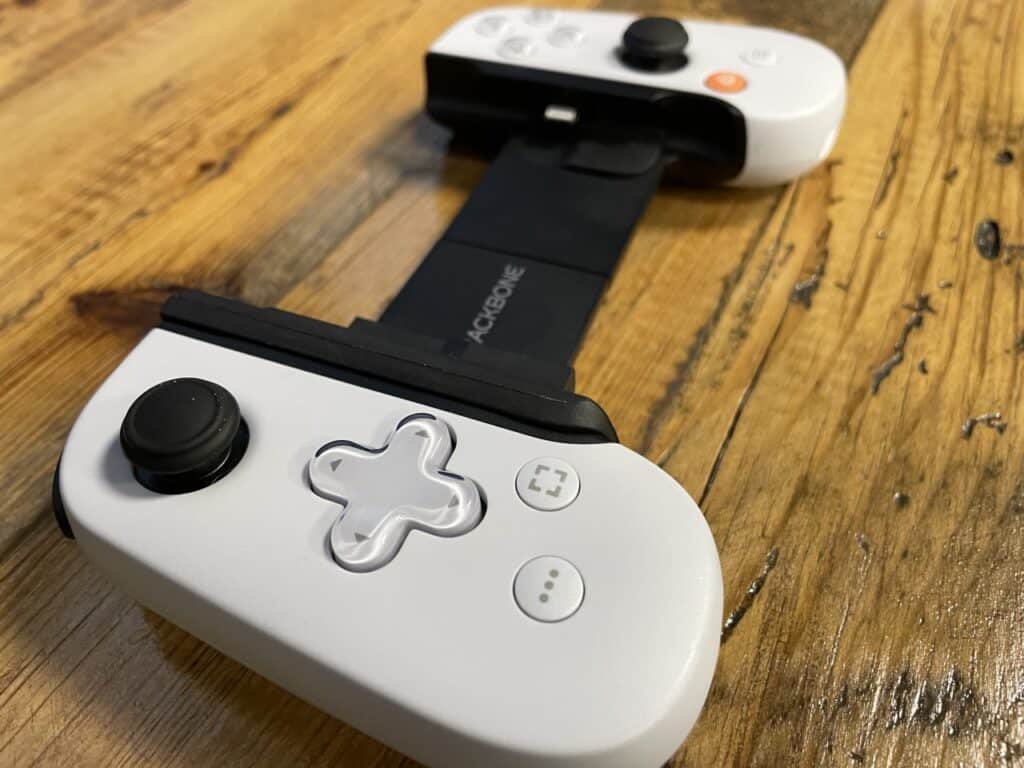

Putting your phone into the controller takes a minute to learn when you’re setting up for the first time. Firstly, you’ll have to take your phone out of its case. If you’re using a LifeProof case or an Otterbox, this thing may end up being too much of a hassle to use. You’ll want to make sure you have a phone case that allows removal somewhat easily. I personally use an Apple brand silicone case, so my phone slips out in about two seconds.
The second thing you’ll do is set your phone inside the left bracket, and then stretch (yes, you read that right) the controller with your right hand until the plug reaches the underside of your device. The first few times you do this you’ll feel like you’re about to break something, or that you’re about to void the warranty. After a dozen times doing this though, you won’t think about it, and the setup becomes a simple, second-nature process and you’ll find yourself putting your phone in for a quick gaming session absent-mindedly.
Back-Door Features
One of the lesser-advertised features of these controllers is their compatibility with native mobile games. While many of us loathe the App Store’s free-to-play titles, the un-celebrated truth is that the Apple and Google app stores are quite flush with high quality premium-priced games. Many of these, though not all, are built with controller compatibility. However, it will be up to you to do the research and find out which games are compatible with such standards.
Lucky for you, the backbone comes with an app that makes that research easier. The app will highlight popular mobile games that work with the controller. It even separates games by genre, and allows you to filter those genres by the specific platform you want to play on. In my testing, it hasn’t been clear to me if the Backbone app is absolutely necessary in order to properly function, but I can report I found better performance when I had the app installed and running in the background. I wasn’t upset about having the app on my phone either. Having it enables screenshot capture and recording up to 1080p, and the app also allows you to launch games from various cloud services, including PlayStation and Xbox. If you’re on iPhone, it also has a full list of Apple Arcade games that are compatible with the controller, complete with links to download them if you don’t already have them installed.
The Backbone app, with its variety of services and easy to use interface makes it the essential standard in mobile gaming. I have to admit, in all my years messing with controllers on my iPhone, and experimenting with playstyles in cloud gaming, I can’t think of a device that has offered such a simple all-in-one solution like the Backbone has. I use it to play my PS5 remotely, my Xbox Game Pass games, and my Apple Arcade titles. It fits the bill for all those needs, becoming the first multi-platform controller that I’ve actually used for multiple platforms.
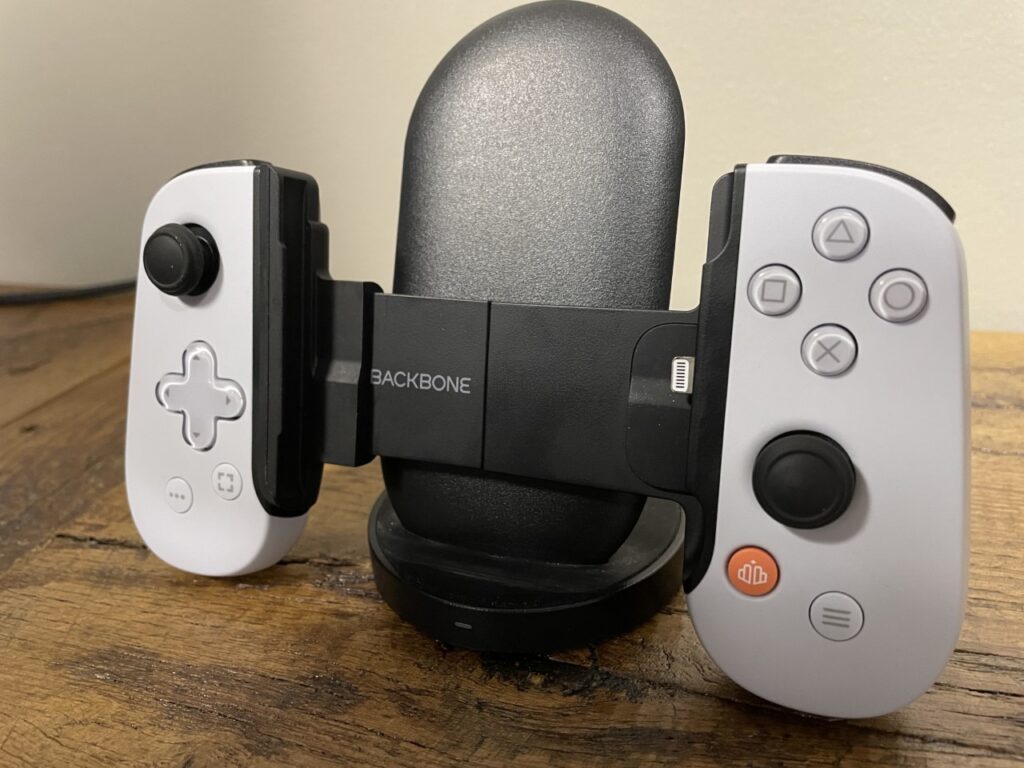
Back-Handed Pricing
You’ll be paying for the privilege of using this device though. Backbone has a steep asking price out of the gate, starting at $99 USD. On top of that initial buy-in they also have a subscription service which gives you access to an extended warranty, cloud storage for your captures, PC and Mac compatibility, and the ability to live-stream to Twitch. The App will beat you over the head asking you to subscribe, and the asking price isn’t atrocious, at $40 USD annually. I suppose if I’m going to get a no-questions asked warranty and a stupidly simple screen capturing feature I can justify it. But I’m also a games writer, so your mileage may vary. I’ll stress that you don’t HAVE to subscribe to use the controller…but the app does go out of its way to remind you if you don’t. I find that to be distasteful, personally – even if I did end up subscribing.
Summary
If you find yourself doing most of your gaming on your phone, the Backbone may be a purchase worth considering. The controller feels great in the hands, and its combined quality of hardware and software integration make mobile gaming more streamlined and accessible than any device or service I’ve used. The asking price is steep, but if you’re willing to make the leap, you may find the all-in-one you’ve been looking for.
Finally, make sure to also check out our reviews for the Razer Kishi V2 and the GameSir X2 Pro to help decide which of these mobile controllers is the right one from you.
Backbone Mobile Controller
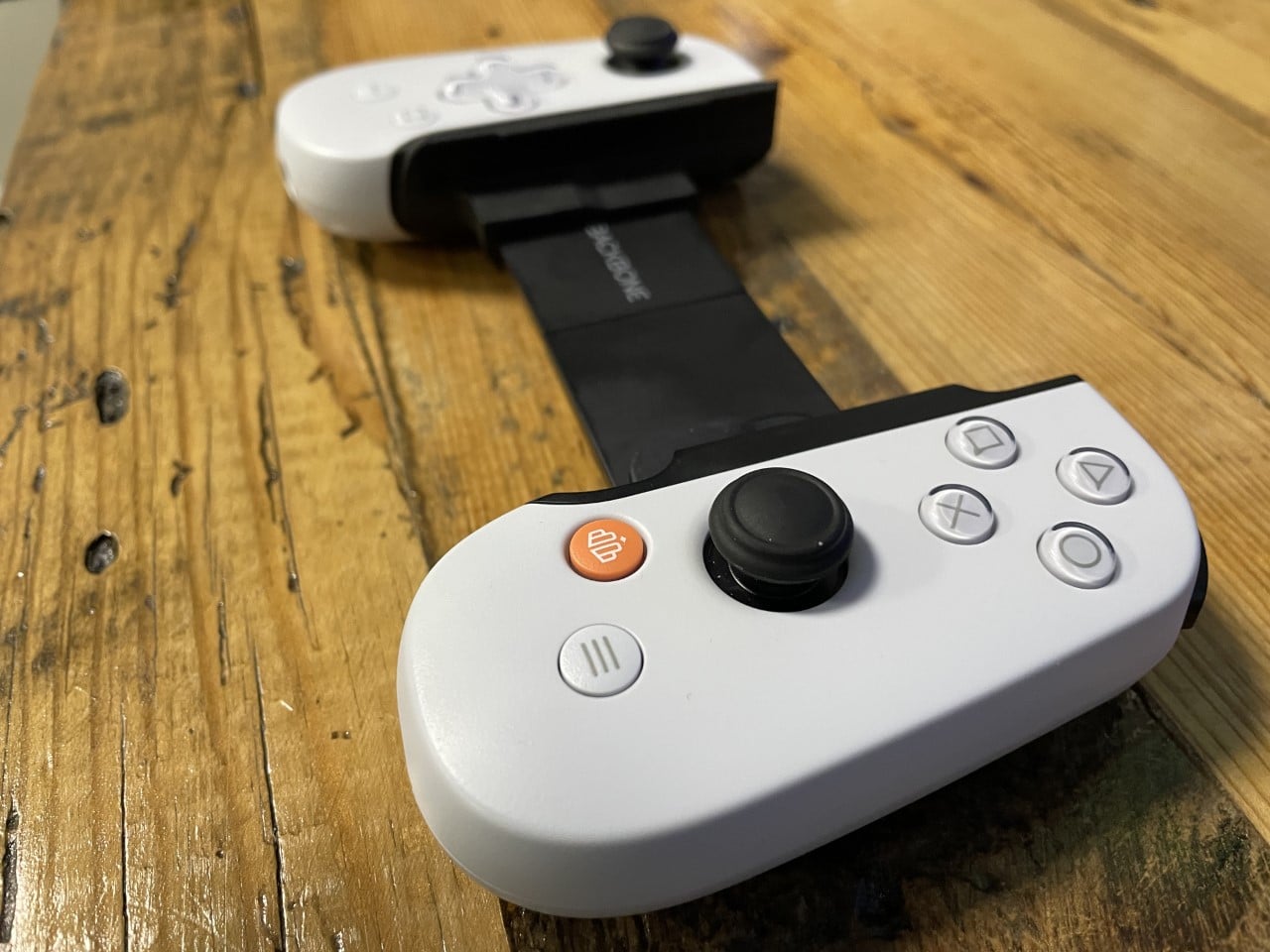
Summary
The controller feels great in your hands, and its combined quality of hardware and software integration make mobile and cloud gaming more streamlined and accessible than any device or service I’ve used.
As always, remember to follow us on our social media platforms (e.g., Threads, X (Twitter), Bluesky, YouTube, and Facebook) to stay up-to-date with the latest news. This website contains affiliate links. We may receive a commission when you click on these links and make a purchase, at no extra cost to you. We are an independent site, and the opinions expressed here are our own.

